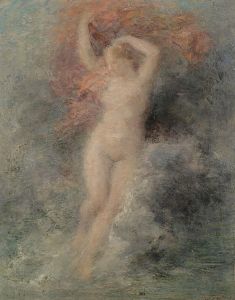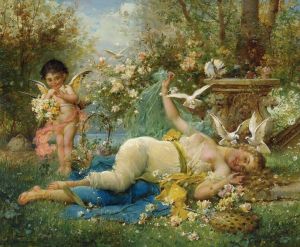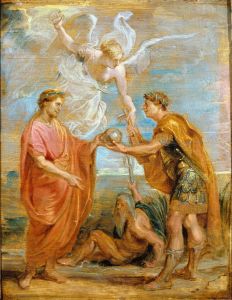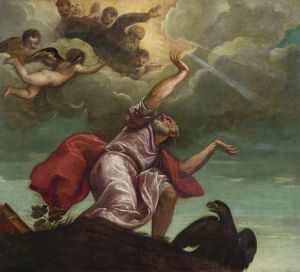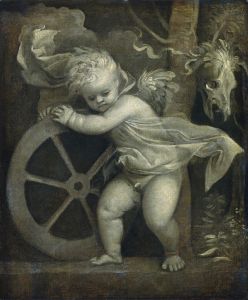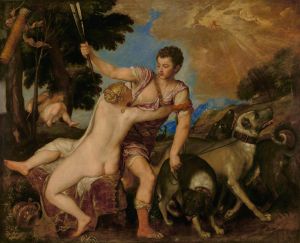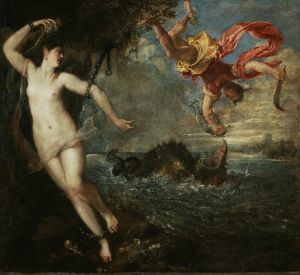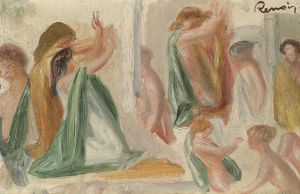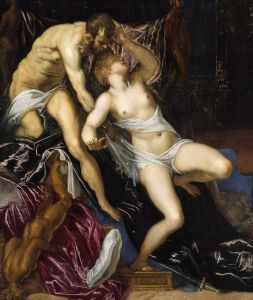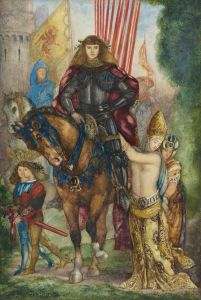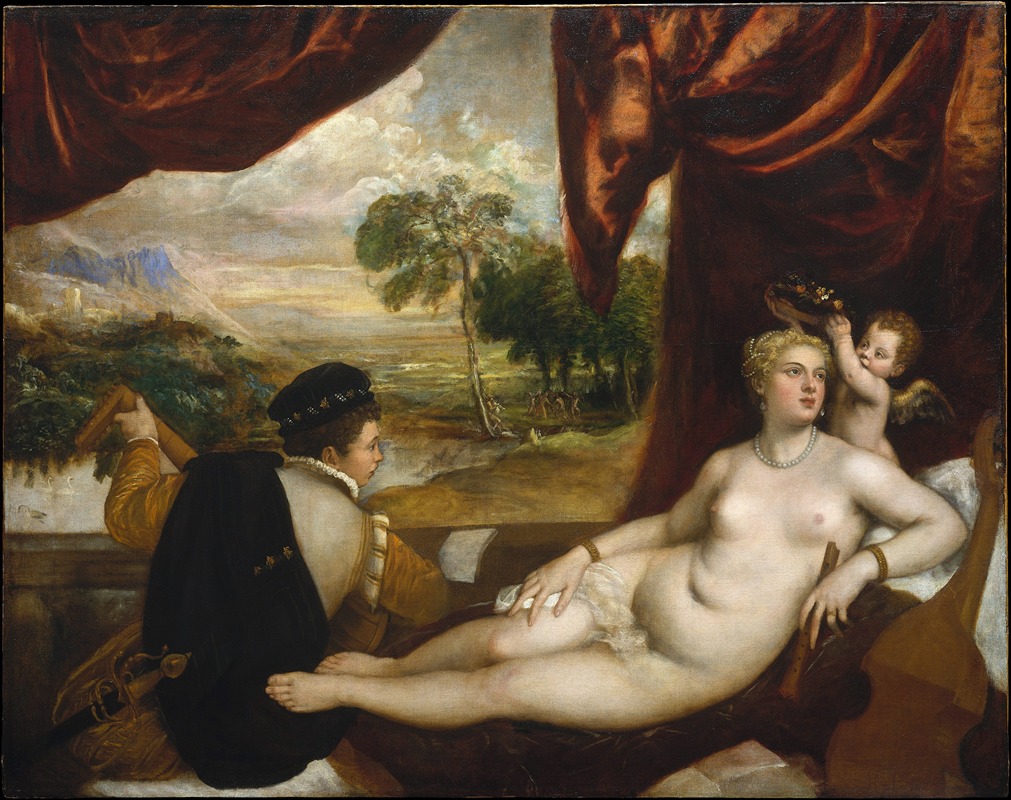
Venus and The Lute Player
A hand-painted replica of Titian’s masterpiece Venus and The Lute Player, meticulously crafted by professional artists to capture the true essence of the original. Each piece is created with museum-quality canvas and rare mineral pigments, carefully painted by experienced artists with delicate brushstrokes and rich, layered colors to perfectly recreate the texture of the original artwork. Unlike machine-printed reproductions, this hand-painted version brings the painting to life, infused with the artist’s emotions and skill in every stroke. Whether for personal collection or home decoration, it instantly elevates the artistic atmosphere of any space.
Venus and the Lute Player is a painting attributed to the Italian Renaissance master Titian, created during the late 16th century. The artwork exists in multiple versions, with the most notable examples housed in the Metropolitan Museum of Art in New York and the Museo del Prado in Madrid. These paintings are believed to have been produced in Titian's later years, a period marked by his exploration of sensual and mythological themes.
The painting depicts the Roman goddess Venus, reclining nude, while a musician plays a lute beside her. In the background, a landscape unfolds, often featuring elements such as a window or a pastoral scene. The composition reflects Titian's mastery of color and texture, as well as his ability to convey sensuality and intimacy. Venus is portrayed with idealized beauty, a hallmark of Renaissance art, while the musician's presence introduces a narrative element, suggesting themes of love, music, and harmony.
The exact dating of Venus and the Lute Player is uncertain, but scholars generally place it in the 1560s or early 1570s. This period corresponds to Titian's late style, characterized by loose brushwork and a focus on atmospheric effects. The painting is often associated with Titian's earlier work, Venus of Urbino (1538), due to its similar subject matter and compositional elements. However, Venus and the Lute Player incorporates a stronger emphasis on the interaction between the figures and the surrounding environment.
The versions of the painting differ slightly in details, such as the positioning of the figures, the background elements, and the inclusion of symbolic objects. For example, the New York version features a small dog at Venus's feet, a common symbol of fidelity in Renaissance art. The Prado version, on the other hand, includes a more expansive landscape and variations in the depiction of the lute player.
Art historians have debated the extent of Titian's involvement in the creation of these works, as it was common for artists of his stature to rely on workshop assistants. Nevertheless, the paintings are widely regarded as representative of Titian's artistic vision and his ability to blend mythological themes with human emotion.
Venus and the Lute Player exemplifies the Renaissance fascination with classical mythology and the interplay between the visual and musical arts. The painting continues to be celebrated for its technical brilliance and its evocative portrayal of beauty and sensuality.





